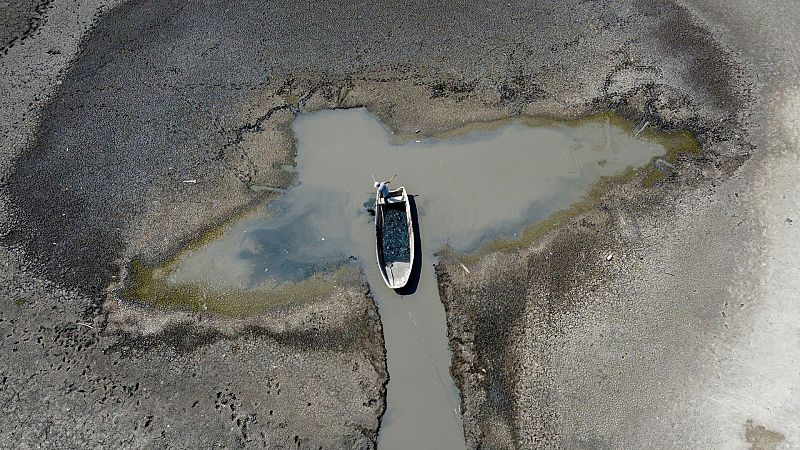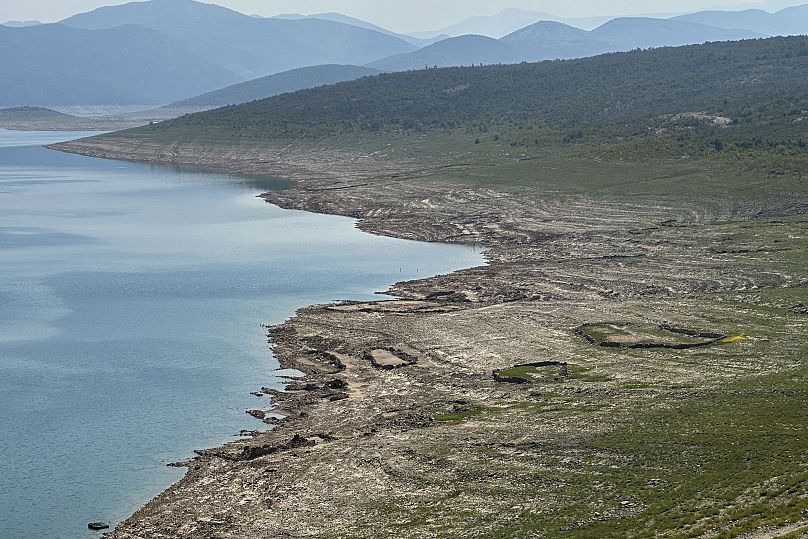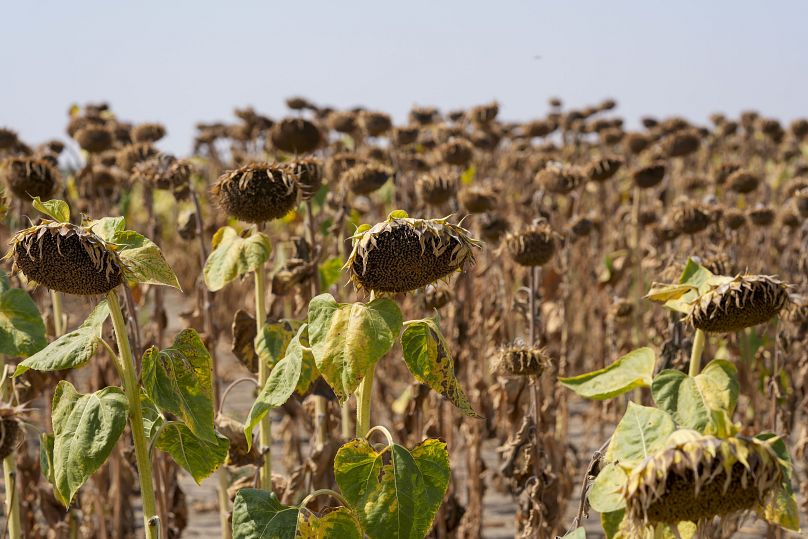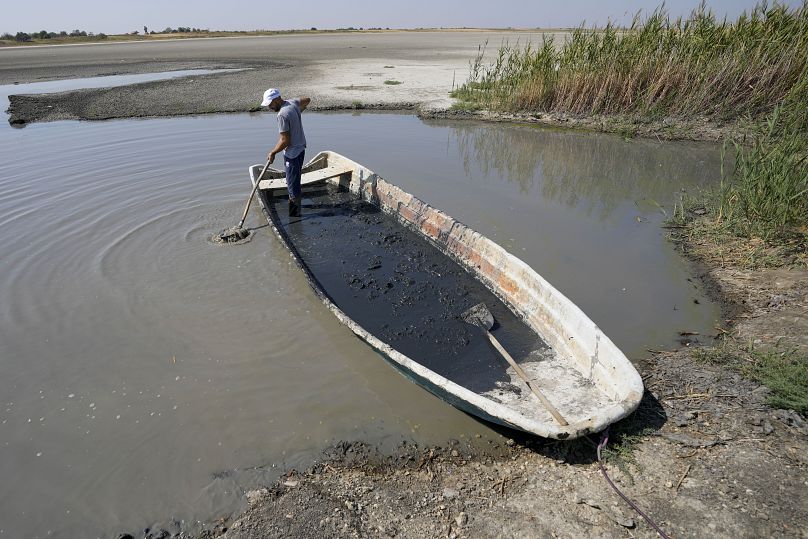‘Three weeks without a drop of rain’: How the Balkans grappled with hottest summer in over 130 years

Jelena Popović normally loves summer and all it brings along, including the hot weather. But this year it was just too much.
“This summer was too hot, you couldn't walk in the city. It was only pleasant when you swim," said Popović, a resident of Belgrade, Serbia's capital.
“It was like a tropical summer, like we live in Africa and not in Europe."
This was true for much of the Balkans, a region in southeast Europe that is used to hot summers but where this one broke previous records with repeated heat waves and almost a totally dry July and August.
Experts say the summer of 2024 in the Balkans was the hottest since measurements started more than 130 years ago. Long periods with temperatures above 30C that didn't fall below 20C overnight have pushed average temperatures to new highs, meteorologists explained.
“Summer normally means exchange of hot days with high temperatures and then a break after five to six days with rain and thunderstorms,” Serbian meteorologist Nedeljko Todorović said.
“But this happened only in June. Practically entire July and August had no rain while high temperatures persisted.”
This summer was Earth's hottest on record
Climate scientists say that global warming caused mostly by burning fossil fuels has led to warmer temperatures, with the world recently experiencing 13 consecutive monthly heat records.
European climate service Copernicus reported on Friday that the summer of 2024 also was Earth’s hottest on record, making it even more likely that this year will end up as the warmest humanity has measured.
Southeast Europe was “trapped” this summer under a subtropical warm air mass from Western Africa and the Mediterranean Sea area, said Goran Pejanović, from Serbia’s Hydrometeorological Service.
“We had four heat waves ... the most intense one in July lasted from 5-21 July, for almost three weeks without a drop of rain,” he said. Overall, this summer in Serbia was 3.3 degrees warmer than average, he added.
In Slovenia, an Alpine nation bordering Austria and Italy, average summer temperatures were up by 2.5 degrees compared to the period before 2020, according to the country's Environmental Agency.
The summer in Slovenia passed without cooler periods that are normal for the mountainous country, the report said. Record high temperatures weren't found in the lowlands, but rather at higher altitudes in the Julian Alps while temperatures throughout the country remained above 30C in early September.
“All records were broken” in Bosnia as well when it comes to the number of very warm nights and days. These tripled in some areas compared to last year, which held a previous record, said Bakir Krajinović, from Bosnia’s Hydrometeorological Institute.
Neighbouring Croatia reported the highest ever recorded temperatures of the Adriatic Sea, which also reached 30C in some areas.
Heatwaves are getting longer and hotter
Last year previously was the hottest year on record globally, as human-caused climate change and the naturally occurring weather phenomenon El Niño, which warms parts of the Pacific, combined to reach sweltering highs.
Heat waves are hotter, longer and more frequent, and some parts of the world are also experiencing longer and more frequent droughts. The world has warmed on average around 1.2 degrees Celsius since preindustrial times.
Hot weather in the Balkans has dried out rivers in Bosnia and Serbia, caused raging forest fires in Croatia, North Macedonia and Albania, shrivelled crops and scorched farmland throughout the region.
Increasingly hot nights mean people’s bodies, as well as animals and plants, can’t cool down to deal with the day time. This is even more extreme in big cities where concrete buildings radiate heat at night that accumulated during the day.
Meteorologists in Montenegro said that temperatures overnight in some towns were as high as 29 C.
Hydropower problems and devastating wildfires
While good for the tourism industry along Albania's coastline, the very hot summer was bad for agriculture and power production. Almost 98 per cent of Albania’s power comes from hydropower stations that were crippled by monthslong drought.
North Macedonia struggled with around 2,000 forest fires in the past three months, three times more than in 2023. The fires destroyed tens of thousands of acres of forests. Emergency official Stojanche Angelov warned that "it is not over yet ... if it doesn't rain soon, we will have wildfires until November.”
Dozens of villages and towns in Serbia faced drinking water restrictions because of the drought. Soldiers brought up water tanks to mountains in the southwest of the country for thirsty cattle and horses.
Up north, the Rusanda salty lake, whose mud is used in medical therapy, dried out completely, turning into a moon-like grey surface. Jovica Mudrić, from the local medical centre, said they had to pour water from tanks in order to make mud for patients.
“It's not the first time this happened, but never like this year,” he said. “I know everyone likes summer but we could use some rain."
Yesterday




